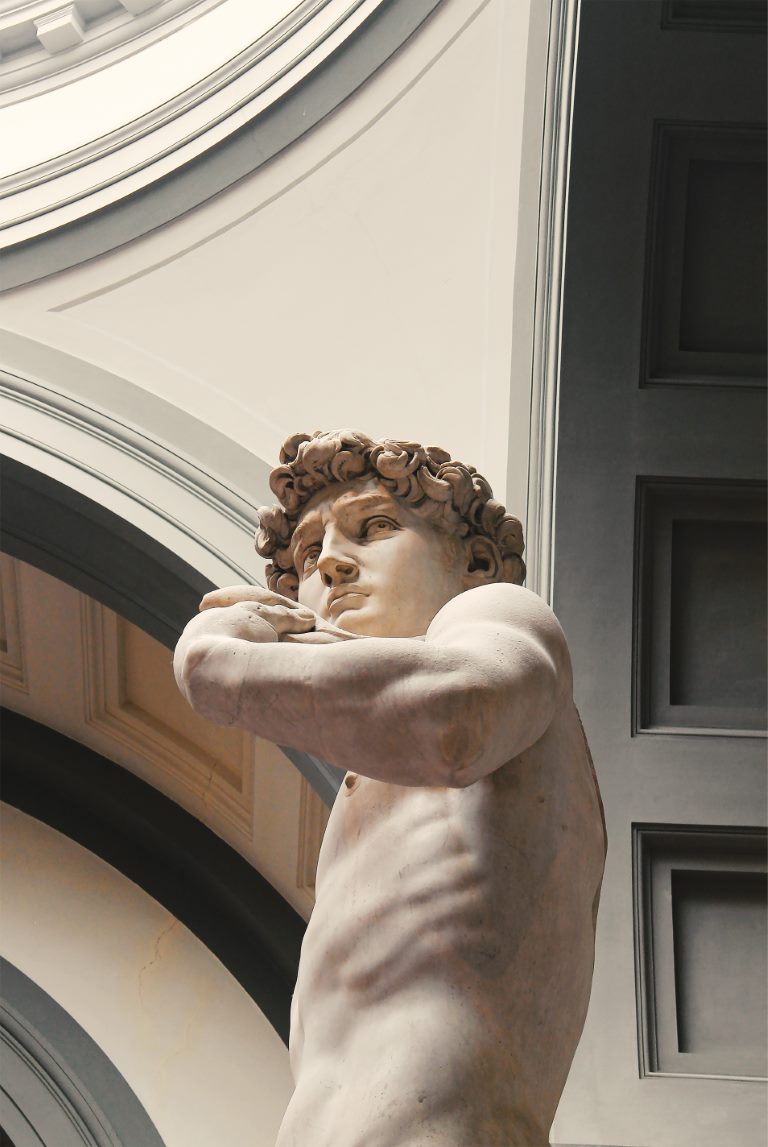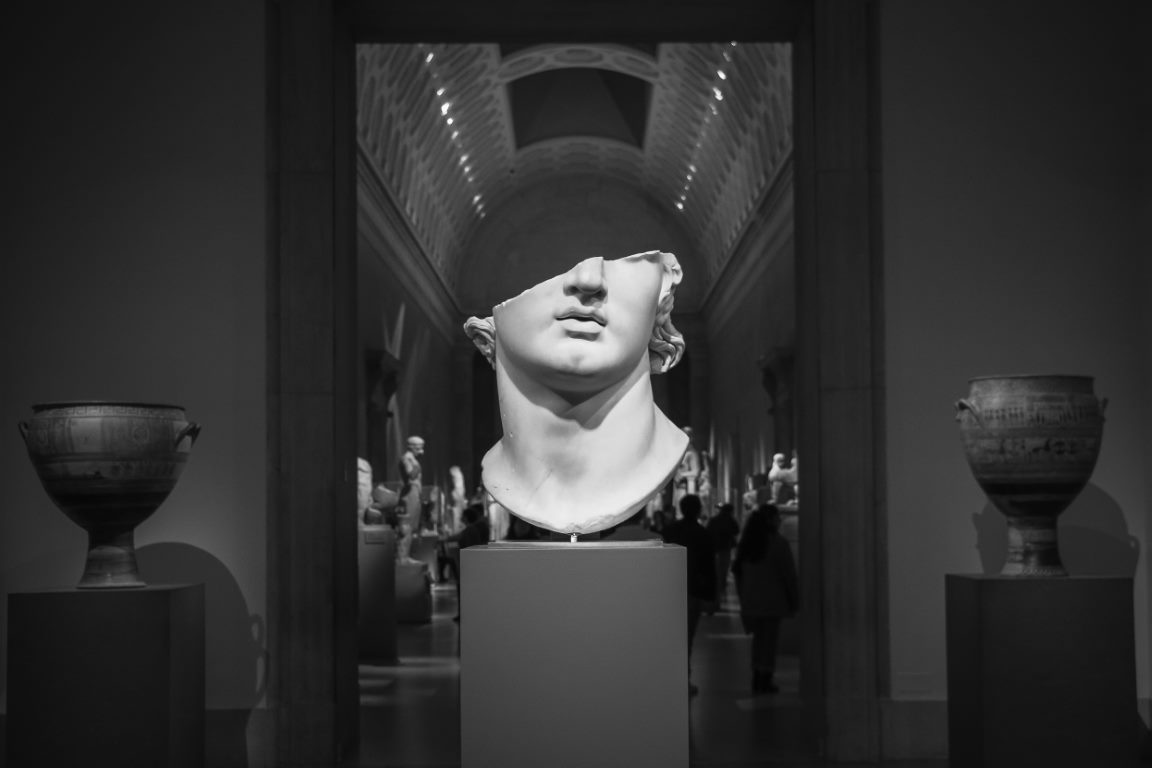How to Plan Your Bucharest 2 Hour City Highlights Bike Tour
Looking for a fun and informative way to see the best of Bucharest in just a few short hours? Look no further than the Bucharest 2 Hour City Highlights Bike Tour! Led by a knowledgeable and entertaining guide, this tour takes you on a leisurely bicycle ride through the city’s most famous and beautiful sites. Here’s everything you need to know to plan your tour:Experience
This tour is a great way to get a taste of Bucharest’s fascinating history and vibrant culture. You’ll explore the city’s most iconic landmarks, including the Old Court Citadel, Manuc’s Inn, and Stravopoleos Church. You’ll also get to ride down Calea Victoriei, perhaps the most famous boulevard in Bucharest, and marvel at its impressive architecture and grandiose buildings like Military Cercle, Telephone Palace, Royal Palace, and Romanian Atheneum. Finally, you’ll have the chance to relax and cool down in the lovely Cismigiu Gardens, the oldest park in Bucharest, and see the imposing Ceausescu’s Palace and Union Boulevard, designed to rival Paris’s Champs-Élysées.Highlights
– Explore the Old City with a deep historical lens – Enjoy a leisurely bike ride through the city’s most famous and beautiful sites – Relax in the oldest garden of Bucharest, Cismigiu Park – See Ceausescu palace, the largest parliament in the worldFull Description
The tour begins in the Old City Center, where your guide will take you on a journey through Bucharest’s fascinating past. You’ll visit the Old Court Citadel, where Prince Vlad Tepes once ruled, as well as Manuc’s Inn, a beautifully preserved 19th-century caravanserai. You’ll also see Stravopoleos Church, a small but stunning Orthodox church that ranks among Bucharest’s finest architectural treasures. From there, you’ll head to Calea Victoriei, which has been called the heart of Bucharest. This iconic boulevard is lined with some of the most impressive buildings in the city, including the Military Cercle, a neoclassical masterpiece that once served as an exclusive gathering place for Romanian military officers. You’ll also see the Telephone Palace, a stunning art deco building that was once home to Romania’s national telephone company, and the Royal Palace, a gorgeous neo-baroque building that now houses the National Museum of Art of Romania. Finally, you’ll pass by the Romanian Atheneum, a remarkable concert hall that’s often said to be one of the most beautiful buildings in Bucharest. After all the sightseeing, you’ll be ready to relax, and the best place to do so is the Cismigiu Gardens. This picturesque park has been a beloved gathering spot for generations of Bucharest residents and visitors alike. You can stroll the lovely paths, admire the colorful flowers and trees, or even rent a rowboat and take a leisurely spin around the lake. At the end of the tour, you’ll get to see one of Bucharest’s most imposing landmarks: Ceausescu’s Palace, the largest parliament building in the world. This gargantuan structure is truly a sight to behold, with its vast marble halls, its glittering chandeliers, and its seemingly endless corridors.What’s Included
– Funny and knowledgeable guide – Bicycle rentalBooking the Tour
Ready to experience the best of Bucharest on two wheels? Book the tour here and prepare for a memorable adventure in one of Europe’s most fascinating cities!
Frequently Asked Questions about Bucharest
If you are planning a trip to Bucharest or simply want to know more about the city, then you have come to the right place. This FAQ will answer some of the most common questions about Bucharest, from its history to its attractions to its food. So, let’s get started.1. What is the history of Bucharest?
Bucharest has a long and interesting history that dates back to the 15th century. The city was once a small market town called “Bucureşti,” which means “joyful city” in Romanian. It became the capital of Romania in 1862, after the country gained its independence from the Ottoman Empire. During World War II, the city was heavily bombed and suffered significant damage. In the 1960s and 1970s, Romania’s communist leader, Nicolae Ceaușescu, undertook a massive urbanization project that resulted in the demolition of many historic buildings and the construction of many large-scale civic structures. Since the fall of communism in Romania in 1989, Bucharest has undergone a significant transformation, with many historic buildings restored and new ones constructed.2. What are the must-see attractions in Bucharest?
Bucharest has many must-see attractions, including: – The Palace of the Parliament, which is the second-largest building in the world after the Pentagon. – The Romanian Athenaeum, which is a beautiful concert hall and one of the city’s most iconic buildings. – The Old Town, which is full of historic buildings, restaurants, and bars. – The Village Museum, which is an open-air museum showcasing traditional Romanian architecture and culture. – The National Museum of Art of Romania, which features a collection of Romanian and European art.3. What is the food like in Bucharest?
Bucharest has a vibrant and diverse food scene, with many traditional Romanian dishes as well as international cuisine. Some must-try dishes include: – Sarmale, which is a dish made of minced meat and rice wrapped in cabbage leaves. – Mici, which are grilled minced meat rolls. – Ciorbă, which is a sour soup made with meat, vegetables, and sour cream. – Papanași, which are sweet cheese-filled dumplings served with sour cream and jam. There are also many great restaurants, cafes, and food markets in Bucharest where you can sample different types of food.4. What is the best time of year to visit Bucharest?
The best time to visit Bucharest is during the summer months, from June to September, when the weather is warm and sunny, and there are many outdoor events and festivals. However, the city is also beautiful during the winter, with many festive events and Christmas markets.5. How do I get around Bucharest?
Bucharest has a relatively good public transportation system, including buses, trams, and metro lines. You can buy tickets and passes from kiosks or automated machines at metro stations. Taxis are also a popular mode of transportation in Bucharest, but make sure to use a reputable company and negotiate the fare before getting in the car.6. Is Bucharest a safe city?
Bucharest is generally a safe city, but like any major city, it’s important to be aware of your surroundings and take precautions to avoid theft and other crimes. Avoid carrying large amounts of cash or valuables, and be careful when using ATM machines.7. What is the currency in Bucharest?
The currency in Bucharest and throughout Romania is the Romanian leu (RON). You can exchange currency at banks, exchange offices, and many hotels and restaurants.8. What language do they speak in Bucharest?
The official language in Bucharest and throughout Romania is Romanian. English is also widely spoken, especially in tourist areas and by younger generations.9. What is the etiquette for tipping in Bucharest?
Tipping is not mandatory in Bucharest, but it’s customary to round up to the nearest whole amount when paying for a meal or service. In restaurants, it’s also common to leave a tip of 10-15% for good service.10. How do I say “hello” and “thank you” in Romanian?
“Hello” in Romanian is “bună” (boo-NAH), and “thank you” is “mulțumesc” (mool-tzoo-MESK).
How to spend your time as a tourist in Bucharest
Bucharest, the capital of Romania, is a beautiful city with a rich history and culture. It is also known as the “Paris of the East”. Whether you’re into history, culture, gastronomy or nightlife, you will find something to love in Bucharest. Here’s our guide on how to spend your time in Bucharest.1. Visit the Palace of the Parliament
The Palace of the Parliament is the second-largest administrative building in the world after the Pentagon. It was built during the communist era and contains 12 floors and over 1,100 rooms. You can take a guided tour of the Palace of the Parliament and get to see some of the beautiful rooms, including the huge Union Hall. The tour guides explain the history of the palace and how it was built.2. Explore the Old Town
The Old Town of Bucharest is the historical center of the city. It is one of the most visited areas in Bucharest due to its beautiful architecture and rich history. The narrow streets are lined with beautiful 19th-century buildings, cafes, restaurants, and shops. There are many attractions in the Old Town, including Stavropoleos Church, the National Bank of Romania, the National Museum of Romanian History, and the Manuc’s Inn.3. Relax in the Herastrau Park
Herastrau Park is the largest park in Bucharest and is located in the north of the city. It covers an area of 110 hectares and has a lake in the center. You can rent a boat and explore the lake, relax on the grass, or have a picnic. The park is also home to the Village Museum, which is one of the most popular museums in Bucharest and showcases the traditional Romanian village life.4. Visit the Romanian Athenaeum
The Romanian Athenaeum is a beautiful concert hall located in the center of Bucharest. It was built in 1888 and is considered one of the city’s most elegant buildings. The interior of the building is just as impressive as the exterior, with beautiful murals, carvings, and statues. The Romanian Athenaeum is the main concert hall in Bucharest and hosts concerts, operas, and ballets.5. Experience traditional Romanian cuisine
Romanian cuisine is a mix of Balkan, German, and Turkish influences. It is a hearty cuisine that includes meat dishes, soups, and vegetables. Some popular Romanian dishes include sarmale (stuffed cabbage rolls), mici (grilled meat rolls), and tochitura (a hearty stew). You can find traditional Romanian restaurants throughout the city, but the best ones are located in the Old Town.6. Discover the Village Museum
The Village Museum, located in Herastrau Park, is one of the most popular museums in Bucharest. It showcases the traditional Romanian village life and has over 300 traditional houses, churches, and mills from all over Romania. The museum is a great way to learn about Romanian history and culture.7. Visit the Cotroceni Palace
The Cotroceni Palace is the official residence of the President of Romania. It was built in the 17th century and has served many purposes throughout history. The palace has beautiful gardens and houses many museums, including the Cotroceni National Museum.8. Enjoy the Nightlife
Bucharest has a vibrant nightlife scene with many bars, clubs, and restaurants. The Old Town is the most popular area for nightlife, but there are many other areas to explore, such as the Lipscani area, the Victoriei area, and the Floreasca area. Some popular clubs include Control Club, Bamboo Club, and Club A.Summary
Bucharest is a beautiful city with a rich history and culture. There are many things to see and do, from exploring the Old Town to relaxing in Herastrau Park. Make sure to try traditional Romanian cuisine and enjoy the vibrant nightlife. With this guide, you’ll be able to make the most of your time in Bucharest.Table of Contents

